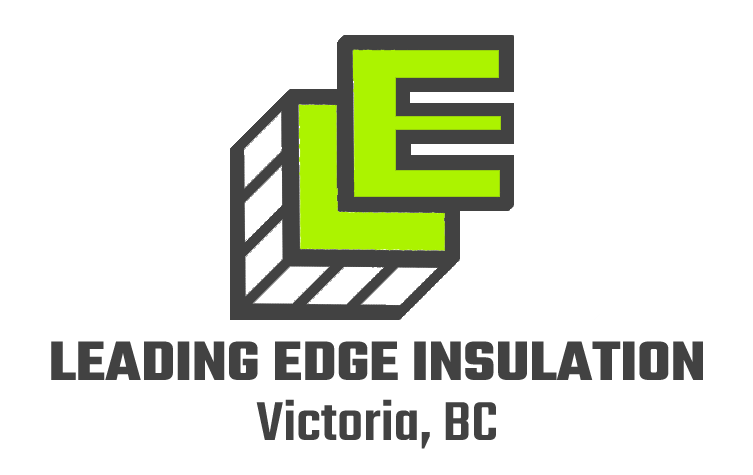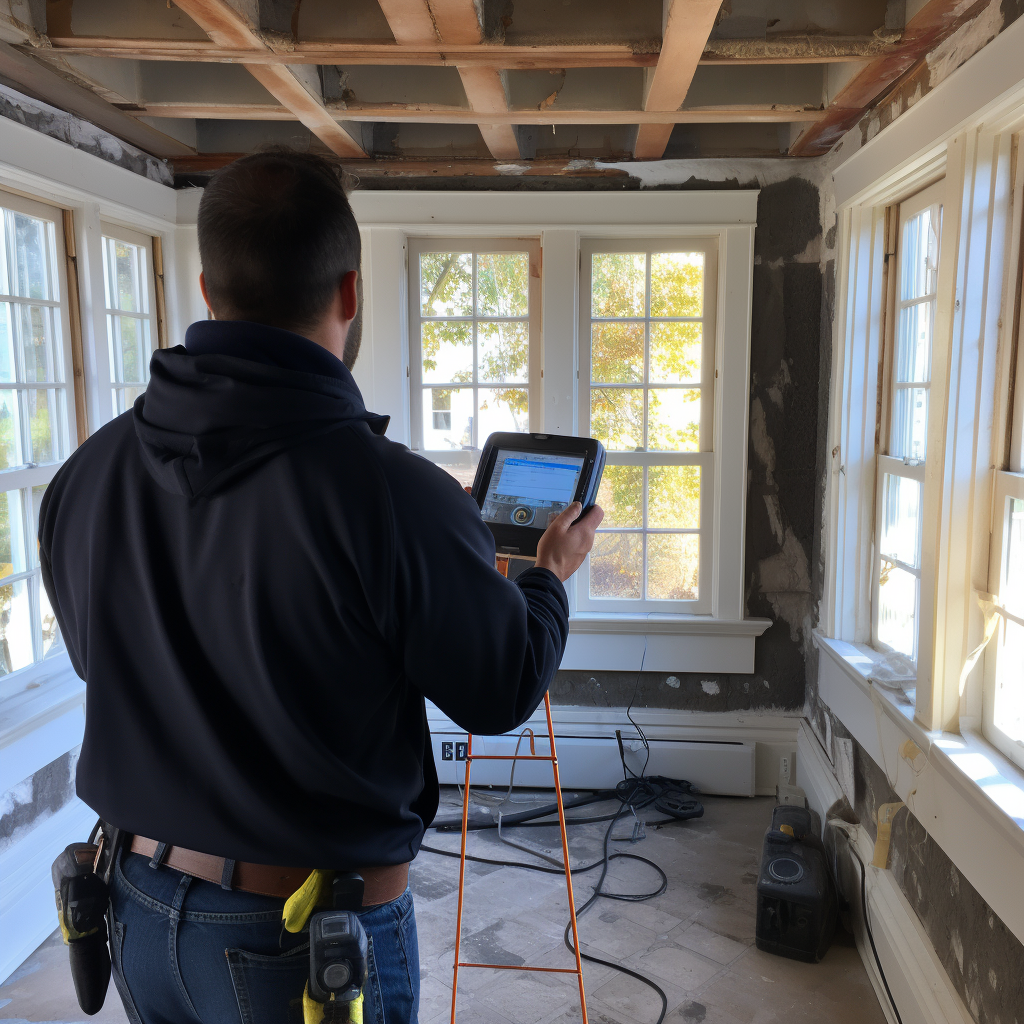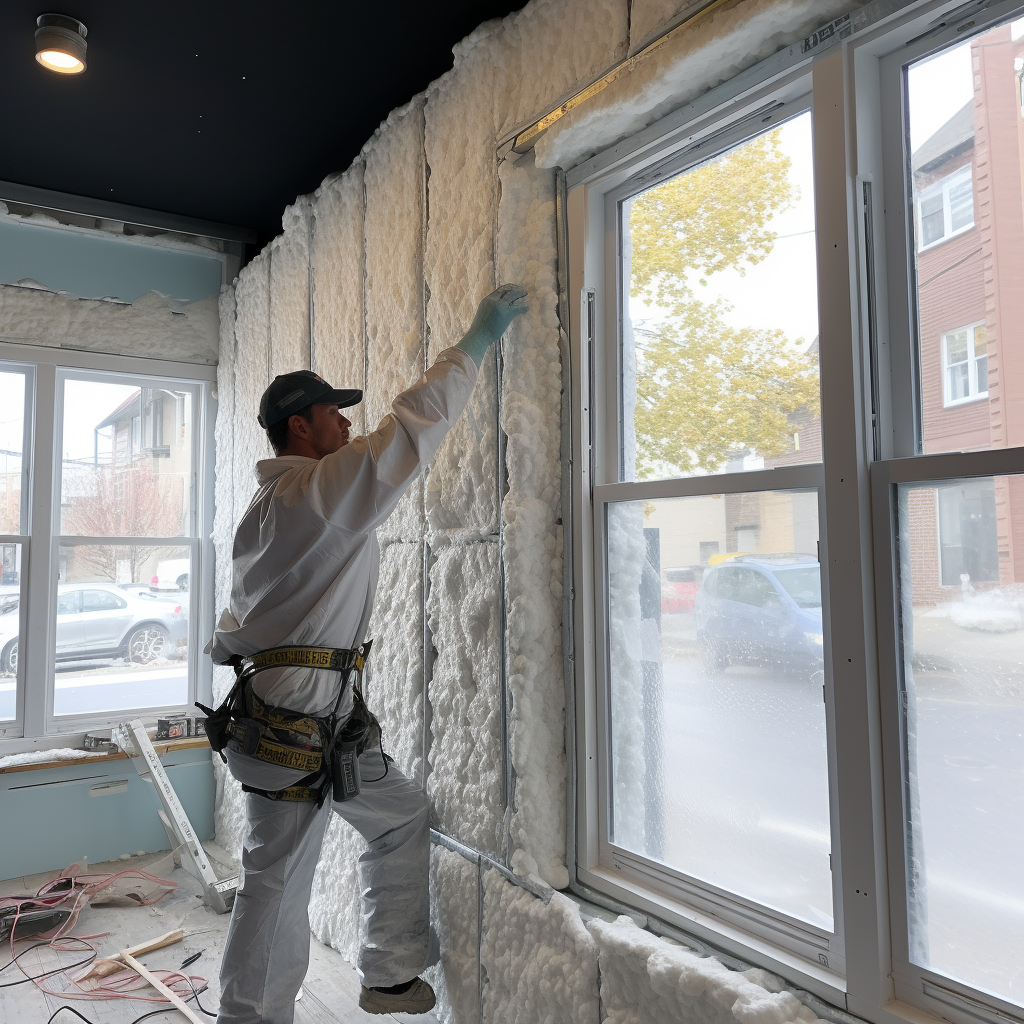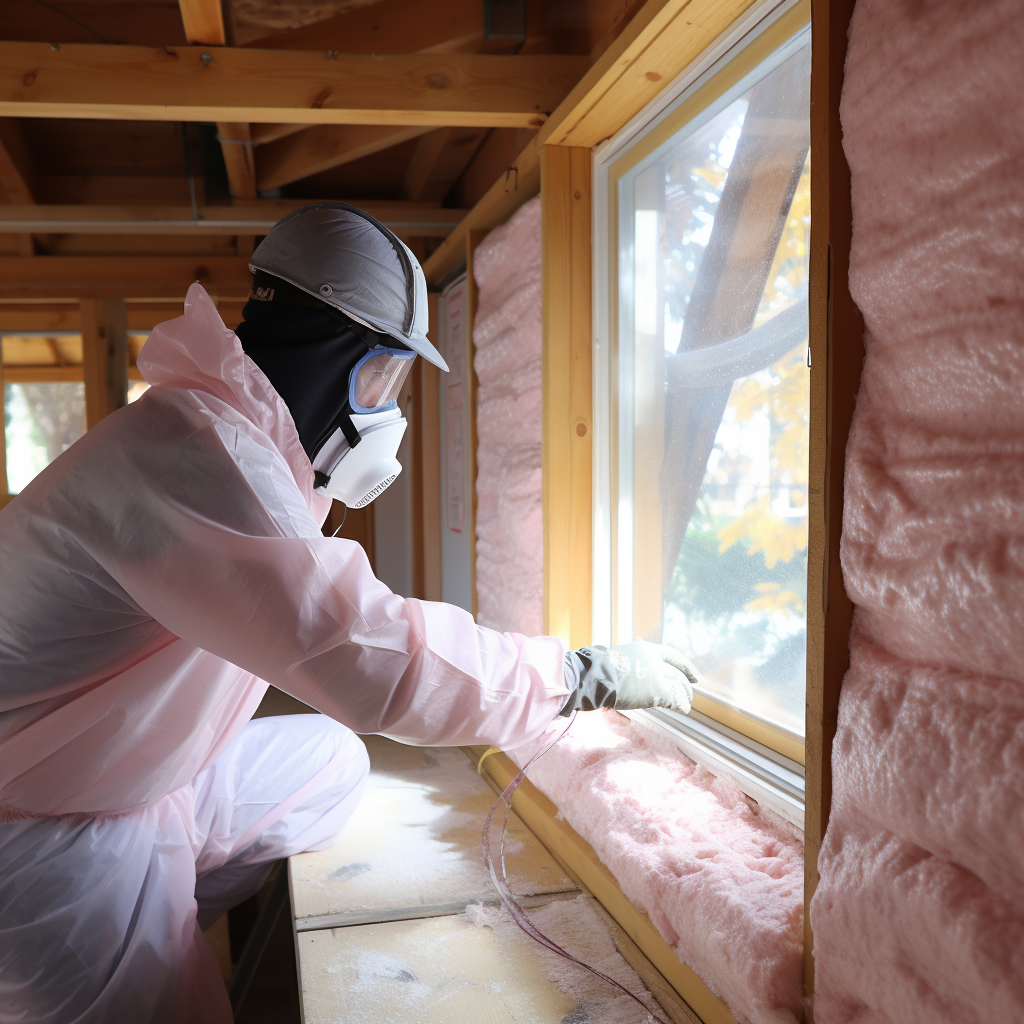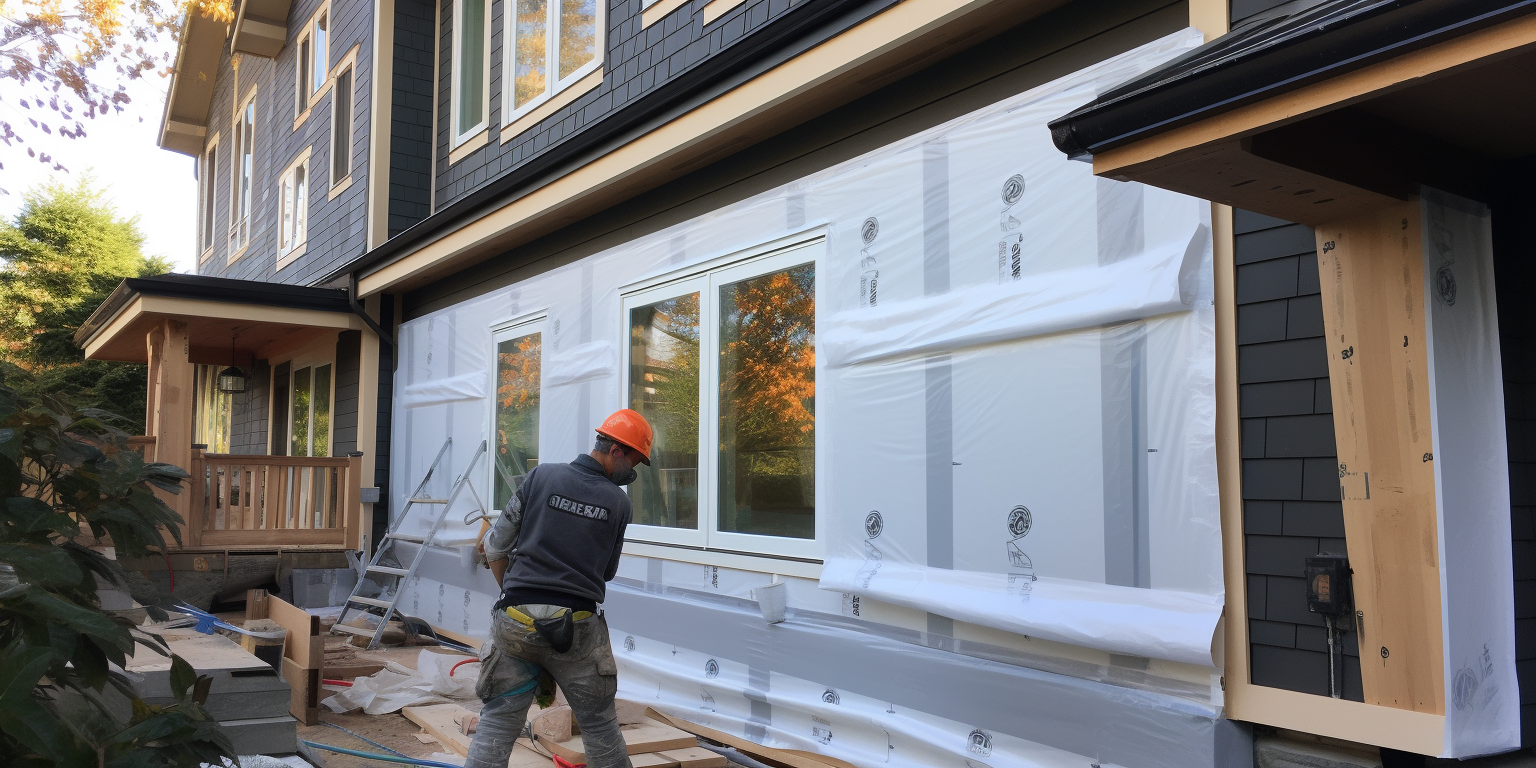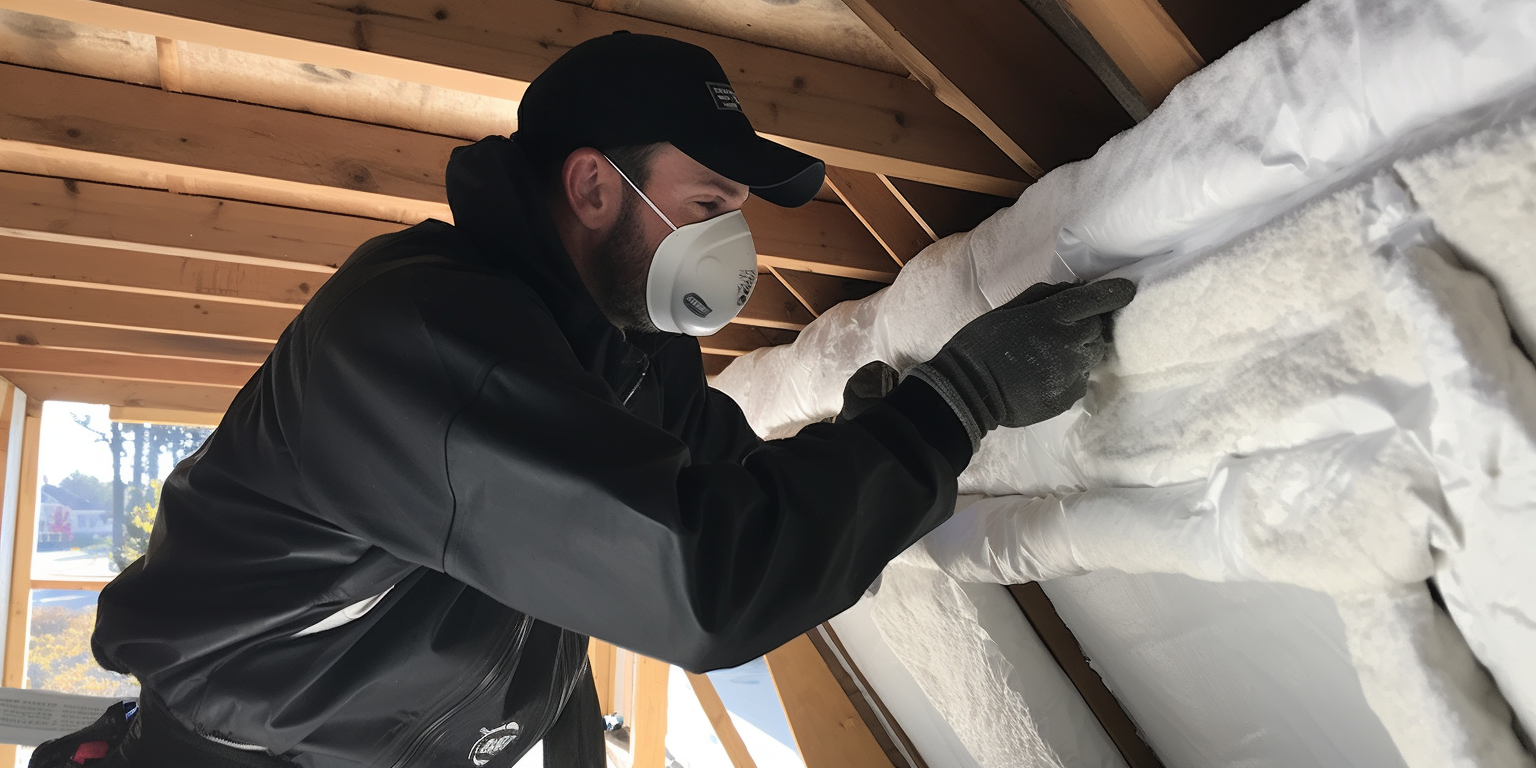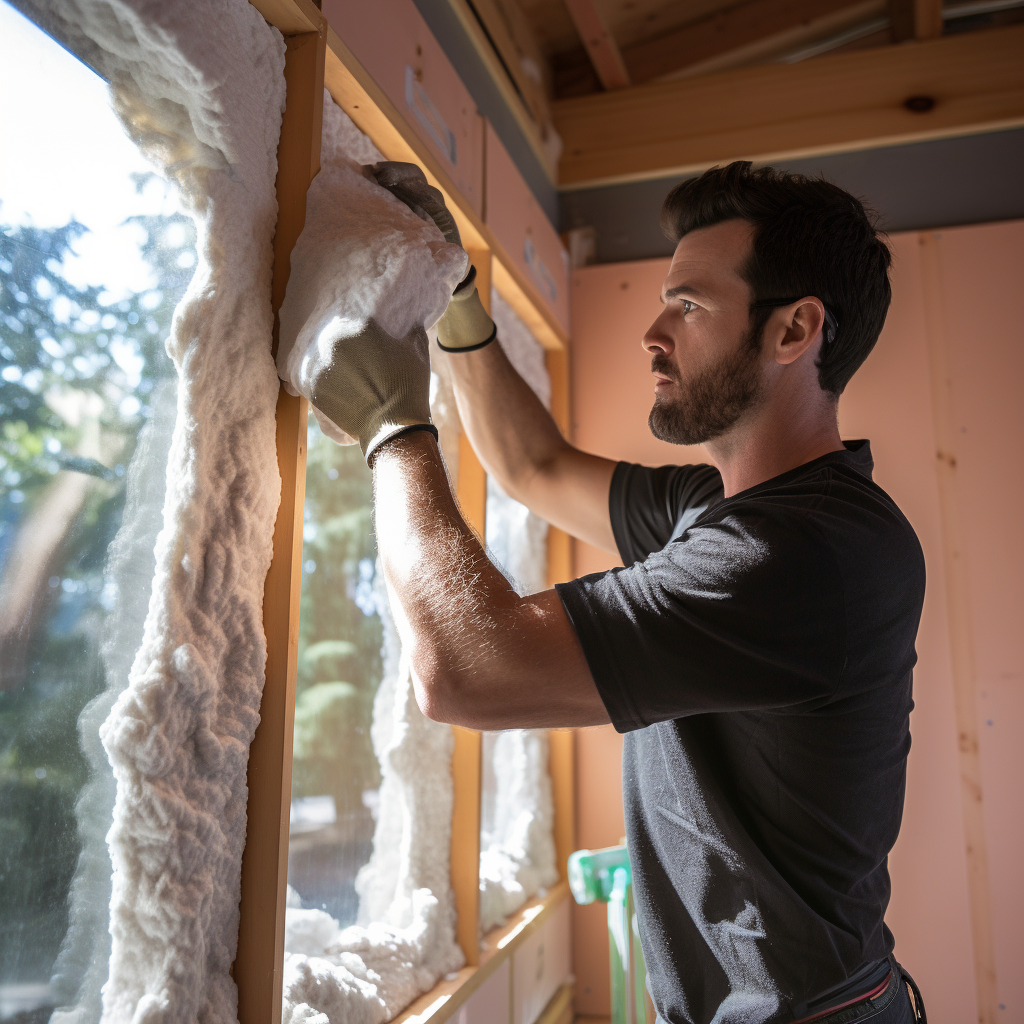energy efficiency at it's finest
Eco-friendly insulation solutions for all projects!
In the realm of insulation, we understand that every space poses its unique challenges and requirements. Our vast range of services is meticulously designed to cater to every insulation need, be it residential or commercial. From attics that whisper secrets of warmth to basements echoing comfort, from exterior walls standing as barriers to external elements to garages and crawlspaces redefined for enhanced functionality – we've got you covered. Our dedicated team, backed by years of expertise, utilizes the latest techniques and materials, ensuring that every project we undertake is a symphony of precision, efficiency, and lasting comfort. Dive in to discover how Leading Edge Insulation Victoria is reshaping the landscape of insulation solutions.
FOR ALL YOUR INSULATION NEEDS
Victoria's Best All-Purpose Insulation Company
Check out our services below!
If you don't see the insulation service you are in need of, don't worry, get in contact with us and we will help!
Residential Retrofits & Renovations
Walls, Attics, Basements, Soundproofing, Fiberglass, Eco-Friendly, Energy Effecient
New Residential Construction
Air Barriers, Thermal Barriers, Air Leakage Testing, Radon Protection
Commercial Retrofits & Renovations
Fireproofing, Ductwork & Tank Insulation, Air Sealing, Insulated Paneling & Cladding
New Commercial Construction
Air Barrier Systems, Transition Membranes, Soundproofing, Specialty Coatings
OUR SERVICE AREA
INSULATION SERVICES FOR OUR NEIGHBOURS
VICTORIA
Downtown, Rock Bay, Burnside, Mayfair, Hillside, Central Park, Oaklands, Fernwood, Jubilee, Rockland, Fairfield, James Bay
OAK BAY
Gonzales, Uplands, Willows Beach, Windsor Park, South Oak Bay, North Oak Bay, Estevan
ESQUIMALT
Colville, Gorge Vale, Rockheights, Songhees, Vic West, West Bay
SAANICH
EAST SAANICH - Arbutus, Blenkinsop, Broadmead, Cadboro Bay, Camosun, Cedar Hill, Cordova Bay, Gordon Head, High Quadra, Lake Hill, Lambrick Park, Maplewood, Mt. Doug, Mt. Tolmie, Quadra, Queenswood, Sunnymead, Swan Lake, Ten Mile Point
WEST SAANICH - Beaver Lake, Elk Lake, Gateway, Glanford, Gorge, Granville, Interurban, Layritz, Marigold, Northridge, Portage Inlet, Prospect Lake, Royal Oak, Rudd Park, Strawberry Vale, Tillicum, West Saanich, Willis Point
CENTRAL SAANICH
Brentwood Bay, Hawthorne, Inlet, Island View, Keating, Martindale, Oldfield, Saanichton, Tanner, Turgoose
NORTH SAANICH
Ardmore, Cloake Hill, Dean Park, Deep Cove, Lands End, Pat Bay, Swartz Bay
VIEW ROYAL
Atkins, Burnside, Craigflower, Harbour, Helmcken, Hospital, Wilfert
THE HIGHLANDS
Durrance Lake, Thetis Lake, Willis Point
METCHOSIN
Happy Valley, Matheson Lake, Rocky Point, William Head
SOOKE
North Sooke, Saseenos, Milne’s Landing, Sunriver Estates, Sooke Town Centre, UpSooke, Broom Hill, Whiffin Spit, Otter Point, Kemp Lake, East Sooke, Beecher Bay
LANGFORD
Bear Mountain, Florence Lake, Florence Lake, Millstream, Thetis Heights, Glen Lake, Goldstream, Luxton, Ravenwood, Westhills
COLWOOD
Royal Bay, Triangle
SIDNEY
Sidney Northeast, Sidney Southeast, Sidney Northwest, Sidney Southwest
NANAIMO
Brechin Hill, Buttertubs, Cathers Lake, Cedar, Central Nanaimo, Chase River, Cilaire, Cinnabar Valley, Coal Tyee, College Heights, Decourcy Island, Departure Bay, Diver Lake, Downtown Nanaimo, Extension, Gabriola Island, Garner Crescent, Hammond Bay, Hawthrone, Hospital Area, Jingle-Pot West, Long Lake Heights, Lower Lantzville, Marlborough, Mudge Island, Nanaimo Country Club, Newcastle, Nob Hill, North Jinglepot, North Nanaimo, Northfield, Old City Nanaimo, Parkwood, Pleasant Valley, Protection Island, Quarterway, Rosehill, Rosewood, Ruxton Island, Sherwood Forest, South End, South Jinglepot, South Nanaimo, South Wellington, Stephenson Point, Thetis Island, University District, Uplands, Upper Lantzville, Valdes Island, Valley Oak Estates, Wellington, Westwood Lake
Residential Retrofits & Renovations
At Leading Edge Insulation, we pride ourselves on revitalizing homes with our residential retrofit services. We recognize that every home, especially those with a few years under their belt, has its unique character and set of challenges. With time, insulation can degrade or become outdated, leading to inefficiencies that affect both comfort and energy costs. Our retrofit services are meticulously crafted to breathe new life into these spaces. By seamlessly integrating the latest insulation solutions into existing structures, we ensure homes are not only brought up to modern energy standards but also prepared to deliver optimum performance for years to come. Whether it's enhancing wall insulation, redefining attic spaces, or sealing overlooked nooks, Leading Edge Insulation ensures every corner of your home is enveloped in comfort, efficiency, and safety. Transform your living space with us and experience the true essence of a modern, energy-efficient home.
New Home Construction
We know that every new home should embody a vision of energy efficiency and comfort. Our residential new home construction services are an amalgamation of innovation, expertise, and a commitment to sustainability. From the very inception of a house's blueprint, our team integrates seamlessly with architects, builders, and homeowners, ensuring that insulation is not an afterthought but a fundamental pillar of design. Using the latest materials and techniques, we lay the groundwork for homes that stand as paragons of energy efficiency, thermal comfort, and reduced carbon footprint. As houses rise from the ground up, Leading Edge ensures that every wall, ceiling, and floor is primed to offer residents a sanctuary of warmth in winter, coolness in summer, and unparalleled energy savings year-round. Choose us, and let's build homes that are not just shelters, but modern, efficient havens for generations to come.
Commercial Retrofits & Renovations
In the bustling commercial landscape of Victoria, BC, Leading Edge Insulation stands as a beacon of transformative energy solutions. Our commercial retrofit Services are tailored to meet the unique demands of the city's diverse business infrastructure. We understand that Victoria's commercial spaces, ranging from historic landmarks to contemporary structures, each have their distinct insulation challenges. Our expertise lies in seamlessly updating these spaces, ensuring they align with modern energy standards without compromising their original charm or function. With a keen eye on sustainability, our team integrates cutting-edge insulation materials and techniques, resulting in substantial energy savings, enhanced comfort, and a notable reduction in operational costs. As businesses evolve, so should their spaces. With Leading Edge Insulation, businesses in Victoria are not just retrofitting; they're future-proofing their commercial establishments for decades of efficiency and growth.
New Commercial Construction
Our new commercial construction services are dedicated to birthing establishments that are as forward-thinking in design as they are in energy efficiency. From the foundational brick to the towering pinnacle, every commercial structure we touch is imbued with state-of-the-art insulation solutions. Collaborating with architects, builders, and project stakeholders, we ensure that every new construction isn't just an edifice, but a testament to Victoria's commitment to a greener, more energy-efficient future. In a city that beautifully blends tradition with modernity, Leading Edge Insulation is the partner of choice for businesses that envision commercial spaces mirroring the vibrancy, ambition, and environmental responsibility of Victoria, BC.
How do you choose the best insulation company?
CUSTOMER SERVICE
Exceptional customer service is pivotal in selecting an insulation company. This means prompt responses, an understanding attitude, and a genuine commitment to address all your concerns. A top-notch company prioritizes its clients at every step, ensuring smooth and hassle-free communication from the get-go. With Leading Edge, you are guaranteed unmatched customer service. Our team is dedicated to making each client feel valued, ensuring that all your questions are answered and that you’re guided expertly through each phase of the project.
INDUSTRY EXPERIENCE
In the world of insulation, experience is a testament to a company's ability to deliver quality work. The longer a company has been in business and the more diverse its project history, the better equipped it is to address unique challenges and provide tailored solutions. LE Insulation Victoria proudly boasts years of industry experience, having worked on a myriad of projects, both residential and commercial. Our extensive portfolio stands as proof of our consistent quality and expertise over the years.
TECHNICAL KNOWLEDGE
Technical expertise goes beyond just years in the business. It reflects a company's dedication to staying updated with the latest techniques, materials, and technologies in the insulation sector. A top-tier insulation company not only keeps itself updated but also educates its clients, providing them with the best recommendations. At Leading Edge Insulation Victoria, our technical prowess is second to none. We invest in regular training sessions for our team, ensuring that we are always at the forefront of insulation technology. This commitment means that when you choose us, you're opting for the most advanced and effective solutions available.
What's The Best Insulation For Your Project?
We are ready to tackle any job!
What kind of home insulation project do you have on the go?
Leading Edge Insulation Victoria is committed to transforming each of these spaces with precision and expertise. Our comprehensive approach guarantees that every project, regardless of its scale, realizes its full energy-saving and comfort-enhancing potential.
Things To Keep In Mind When Talking Insulation
Insulation materials can either be categorized as conductive, radiant, or convective. Most of the materials work by creating tiny air cavities among molecules to reduce heat. However, some materials don’t produce air cavities, such as reflective thermal insulation.
Instead of creating an air cavity, it uses a metal foil to create a radiation barrier. Keep in mind that the metal foils must be attached on both sides of the wall to be effective.
Another type of insulation that does not create an air cavity is vacuum insulation. Vacuum insulated walls can stop both conduction and convection heat transfer. When you choose this style, keep in mind that the effectiveness will depend on the area of vacuum panels.
